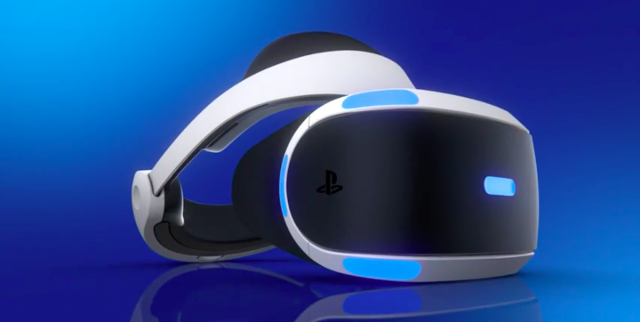It’s been six months since virtual reality debuted to the consumer market. Initiated by Oculus Rift, and later HTC Vive, its long-awaited debut was met with open arms. Most critics were impressed with the experiences offered by both HMDs, and technology enthusiasts confirmed that it was the next big step for gaming. However, most consumers watched from the sidelines, put off by abrasive pricing.
…

Atlas is an action-rpg with rogue-like elements where you use your ability to control the ground to fight the enemies and move through procedurally generated worlds.










